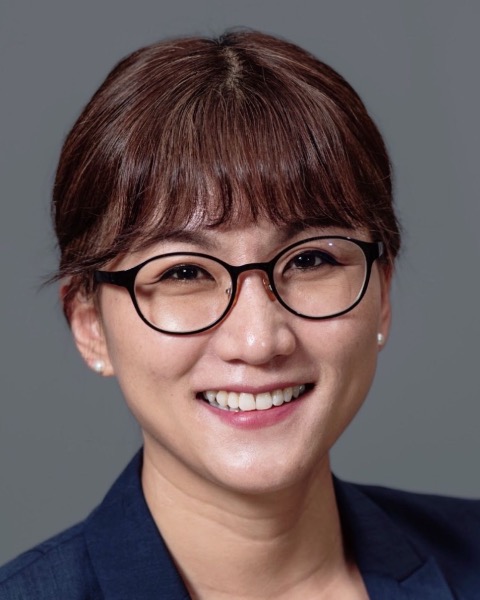Effectiveness of Simulation Training for Vaginal Hysterectomy

Woojin Chong, MD, FACOG, URPS, CPE
Associate Professor/Director of Female Pelvic Floor
NYU Langone Health
East Meadow, New York, United States
Poster Presenter(s)
Objectives: The objective of the present study is to investigate the effectiveness of an educational intervention to teach major pelvic landmarks and basic steps of Vaginal Hysterectomy (VH) to the Obstetrics & Gynecology (OBGYN) residents, using a commercially available model.
Methods: After didactic lecture, residents were paired and performed VH simulation on a commercially available VH model, guided by 1 urogynecologist, with step-by-step instructions. Demographics were obtained, followed by assessment on confidence level and knowledge pretest/posttest, and satisfaction survey. Demographics and survey questions were expressed using a descriptive analysis. The test scores were compared within groups using Wilcoxon signed-rank test.
Results: 11 residents (PGY1-1, PGY2-2, PGY3-4, PGY 4-4) participated. The median age of residents was 31-year-old [IQR 29,32]. The median number of VH performed was 0.0 [0.0, 5.5] and the number of VH observed was 1.0 [1.0, 2.0], although the total number of completed GYN rotation was 11 [6.5, 11.5]. The median score from the 25 multiple-choice knowledge questions on the pre-test was 72% [IQR 62, 78], while that of post-test was 80% [IQR 66, 80], (p=.030). Self-assessed confidence level scores improved from 3 to 4 (1-lowest, 5-highest) in all questions asked. 100% of residents responded with 4 and 5 (1-lowest, 5-highest) to the satisfaction statements.
Conclusions: A commercially available VH model increased residents’ confidence and knowledge scores in performing VH. This VH model can serve as an alternative method to teach the basic steps of VH to the OBGYN residents.
Methods: After didactic lecture, residents were paired and performed VH simulation on a commercially available VH model, guided by 1 urogynecologist, with step-by-step instructions. Demographics were obtained, followed by assessment on confidence level and knowledge pretest/posttest, and satisfaction survey. Demographics and survey questions were expressed using a descriptive analysis. The test scores were compared within groups using Wilcoxon signed-rank test.
Results: 11 residents (PGY1-1, PGY2-2, PGY3-4, PGY 4-4) participated. The median age of residents was 31-year-old [IQR 29,32]. The median number of VH performed was 0.0 [0.0, 5.5] and the number of VH observed was 1.0 [1.0, 2.0], although the total number of completed GYN rotation was 11 [6.5, 11.5]. The median score from the 25 multiple-choice knowledge questions on the pre-test was 72% [IQR 62, 78], while that of post-test was 80% [IQR 66, 80], (p=.030). Self-assessed confidence level scores improved from 3 to 4 (1-lowest, 5-highest) in all questions asked. 100% of residents responded with 4 and 5 (1-lowest, 5-highest) to the satisfaction statements.
Conclusions: A commercially available VH model increased residents’ confidence and knowledge scores in performing VH. This VH model can serve as an alternative method to teach the basic steps of VH to the OBGYN residents.
